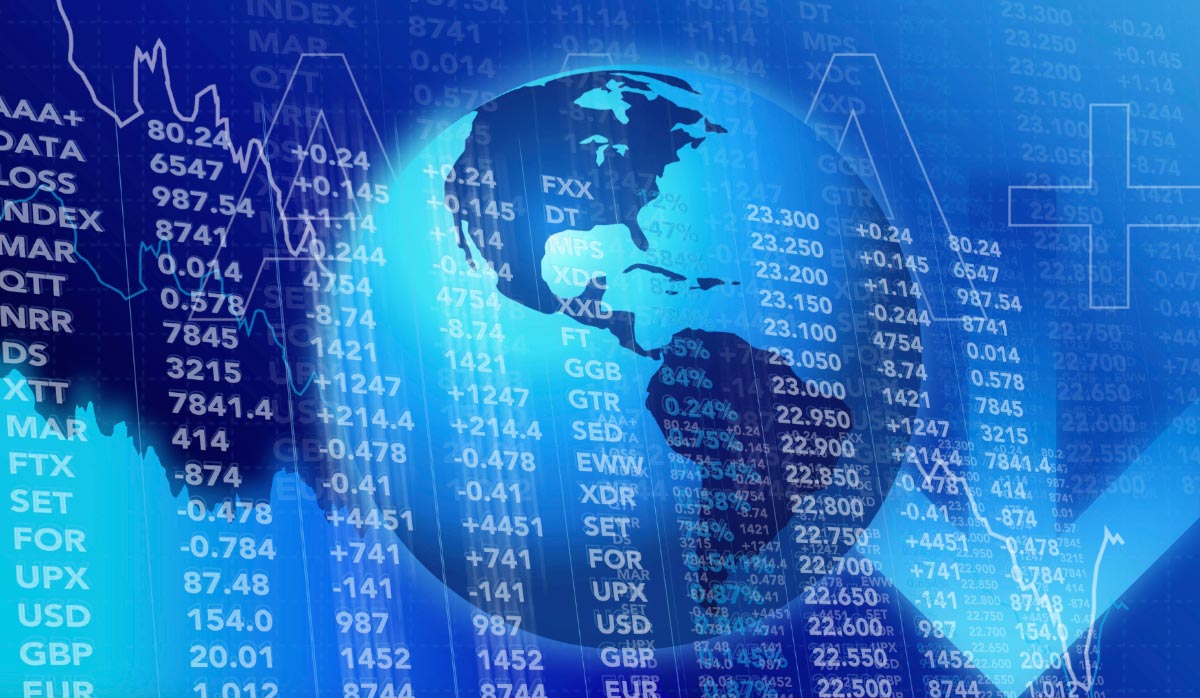As of fiscal 2021, ADP has successfully migrated most of its small and midsize clients to its strategic platforms and will be migrating enterprise clients to its new HCM platform over the coming decade, as well rolling out its new underlying payroll and tax engines. While we expect platform migrations to ultimately result in higher retention and profitability, the forced migrations will likely create a catalyst for enterprise clients to reassess providers, temporarily hindering both metrics.
ADP faces fierce competitive pressure from nimble upstarts, legacy peers, accounting software and ERP providers. We expect new solutions will allow ADP to compete more aggressively on functionality, reduce software maintenance costs and provide scope for greater operating leverage, supporting margin uplift. However, we anticipate increasing competitive pressure will result in greater pricing pressure and force ADP to sustain high levels of investment to ensure the functionality of its product offering remains competitive. This investment is in addition to the continued investment in sales and implementation required to roll out new solutions and migrate clients. As such, we expect ADP’s price increases will be limited to about 0.5% a year, in line with recent growth but below long-term averages, limiting margin expansion to about two percentage points over the next five years.
We expect increased regulatory complexity, tight labor markets and growing adoption of hybrid work will underpin strong demand for ADP’s solutions supporting greater share of wallet and modest market share gains in the small and midsize market. This includes greater penetration of the outsourced payroll and HR model. However, we expect forced platform migrations to hamper ADP’s enterprise market share over the next decade before gradually recovering as the new platform is adopted in the market. In aggregate, we expect ADP’s overall market share to remain broadly flat for the five years to fiscal 2026 before gradual growth as platform migrations complete.
Financial Strength
ADP is in a strong financial position. At the end of fiscal 2021, ADP’s balance sheet was modestly geared with net debt/EBITDA of 0.1. During fiscal 2021, ADP almost tripled long-term debt to USD 3 billion to fund share repurchases and optimise its capital structure with low cost debt. We expect ADP’s annual operating income can comfortably cover annual interest expense on its debt at least 60 times over our forecast period. ADP also has access to short term funding facilities to meet client’s obligations rather than liquidating available for sale securities. ADP has returned over USD 18 billion of capital to shareholders during the eight years to fiscal 2021 through dividends and share repurchases. We expect ADP’s strong free cash flow generation will support a dividend payout ratio of about 60% over our forecast period. The balance sheet is robust, and ADP has ample scope to increase leverage to execute on bolt on acquisitions.
Bulls Say
- ADP benefits from high client switching costs, a scale based cost advantage, intangible brand assets and a powerful referral network.
- Despite facing fierce competitive pressures and undergoing forced platform migrations, ADP has retained high revenue retention and improved operating margins over the past decade.
- ADP has a strong track record of returning capital to shareholders through dividends and share repurchases.
Company Profile
Automatic Data Processing, or ADP, is a provider of payroll and human capital management, or HCM, solutions servicing the full scope of businesses from micro to global enterprises. ADP was established in 1949 and serves over 920,000 clients primarily in the United States. ADP’s employer services segment offers payroll, HCM solutions, HR outsourcing, insurance and retirement services. The smaller but faster-growing PEO segment provides HR outsourcing solutions to small and midsize businesses through a co-employment model.
(Source: Morningstar)
General Advice Warning
Any advice/ information provided is general in nature only and does not take into account the personal financial situation, objectives or needs of any particular person.









